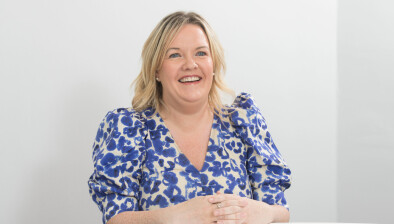Blog: An inverted Robin Hood?

John Cairns is a tax partner at French Duncan Chartered Accountants
The Chancellor’s recent Autumn Statement brought back memories of the Summer Budget and the proposals, to be effective from 6 April 2016, to change the taxation of dividends.
This measure is estimated to yield between £6.8 - £10 billion over five years and you would be excused for thinking that all of this would be raised from wealthy individuals with large investment portfolios receiving significant dividend income.
However, on 17 August 2015, HMRC released a dividend allowance fact sheet which set out the three main changes: the abolition of the notional tax credit which attaches to dividends; the introduction of a £5,000 dividend allowance and the increase in the effective rate of income tax which recipients of dividends pay by 7.5 per cent across the board.
The factsheet includes a number of examples.
One is of an individual who receives non dividend income of £6,500 and dividend income of £12,000. This could be a pensioner in receipt of a state pension and dividend income from a share portfolio.
Up until now, this individual will have suffered no income tax at all as a result of their personal allowance and the fact that the tax credit covers their liability for basic rate income tax. After 5 April 2016 however, this individual will have an annual income tax liability of £187.50. Perhaps not a lot in itself but a significant amount out of a fairly modest £18,500 income.
Another example is of an individual with non-dividend income of £20,000, perhaps a salary at slightly below the national average rate, and dividends of £6,000. Currently, the tax credit attaching to dividends will cover in full this individual’s liability to income tax on their dividends. However, after 5 April 2016, this individual will suffer £75 per annum.
Moving up the spectrum, an individual who is already a 40 per cent taxpayer will be better off next year than they are at present, provided their annual dividend income does not exceed £21,667. To generate income at this level, the individual would need a quoted share portfolio of perhaps £700,000.
Matters become even more stark when we are dealing with additional rate taxpayers whose total income exceeds £150,000 per annum. Such an individual will be better off next year, provided that his dividend income does not exceed around £25,400, perhaps generated from a quoted share portfolio worth around £850,000.
Of course these changes will also affect the many small businesses whose owners operate through companies and remunerate themselves substantially by way of dividends rather than salary.
For many individuals, their affairs will become more complicated as, at present they do not need to lodge a tax return with HMRC but they will now have to become involved actively with the tax system. The hypothetical individuals in the two HMRC examples highlighted above will be looking for a Robin Hood to protect them from the Robin Chancellor!








